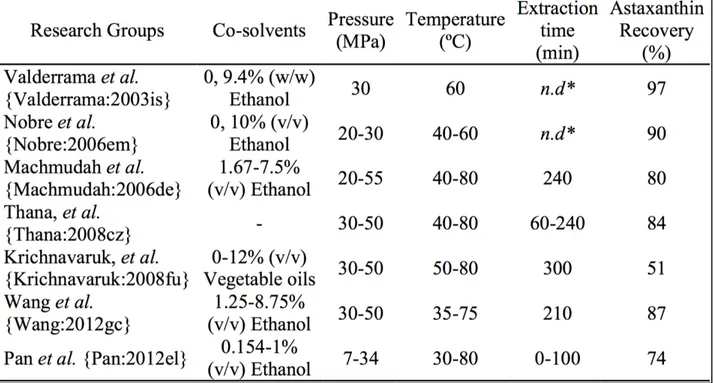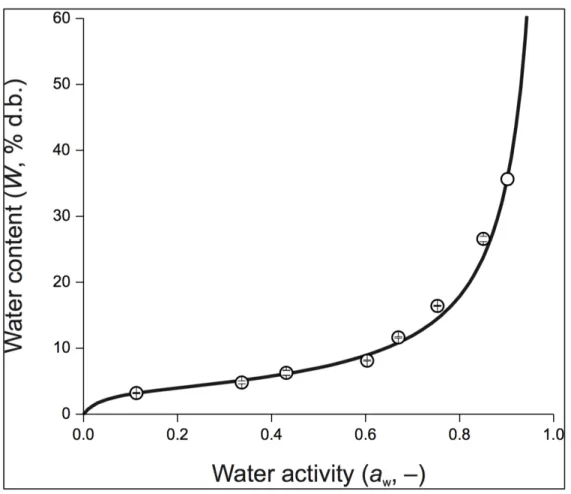Development of alternatives that avoid caking of microalgae powder during supercritical CO2 extraction
Texto completo
Figure




Documento similar
Antimicrobials Various herbal preparations.. Supercritical fluid extraction of emulsions to nanoencapsulate liquid lipophilic bioactive compounds. Process Development and
In stark contrast to the development of gastronomy and sports tourism, and despite the existence of a high potential demand for cultural activi- ties such as exhibitions,
BACKGROUND: In this work three different techniques were applied to extract dry leaves of spinach (Spinacia oleracea): solid-liquid extraction (SLE), pressurized liquid
In the present work, the supercritical fluid extraction of heather, marigold and the combined extraction of both plants (50:50 heather + marigold) was carried out, the concentration
Several parameters such as static extraction time, number of cycles, ratio mushroom powder/sand and temperature were changed in order to optimize the extraction method to
A two-step process using supercritical fluid extraction with CO 2 has been developed to produce a low-alcohol beverage from wine that maintains the aroma and the antioxidant
In the same way, on-line fractionation of the extract in a depressurization system (comprised of two separators) to produce a selective separation of the antioxidant
Supercritical CO 2 extraction of four different plants from Lamiaceae family, namely oregano (Origanum vulgare), thyme (Thymus zygis), sage (Salvia officinalis)





